

Matt Campbell
2026 Hyundai Tucson Hybrid review
3 Minutes Ago
Another homegrown hero, Xpeng is further evidence of the rapid expansion of the Chinese automotive industry. Let's see what it's all about.

Contributor


Contributor
Japan in the 1970s and ’80s. South Korea in the 2000s and 2010s.
Asian countries and carmakers such as Toyota and Hyundai, amongst myriad others, have repeatedly proven they have what it takes to compete and win against the best from Europe and America.
Not just in sheer sales volumes at the more affordable end of the market, but in qualitative fields such as design, technology, innovation and reliability.
With an order of magnitude more resources and talent at its disposal, there’s nothing to say that the Chinese automotive industry can’t follow the same precedent, and expand to house ever more globally recognised companies producing world-class vehicles.
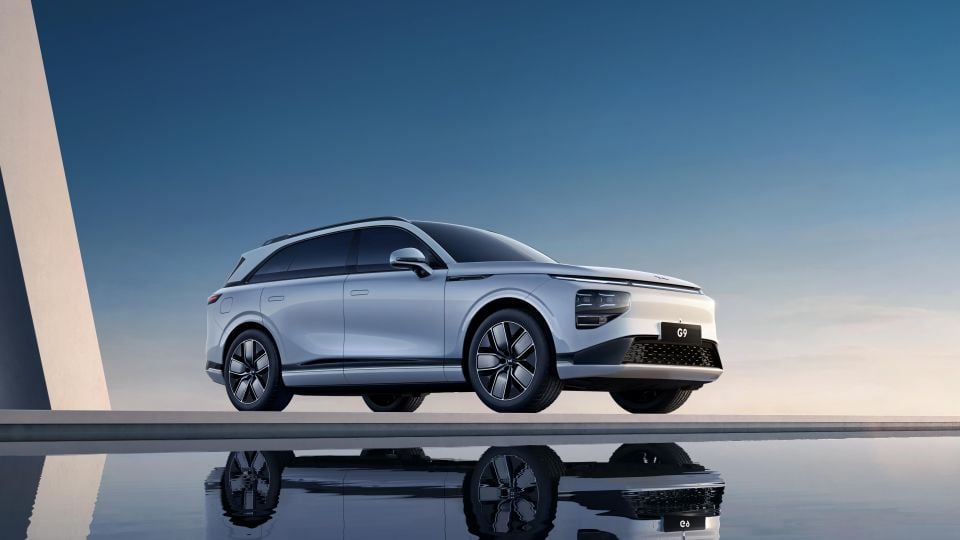
Previous articles in this series have looked at Nio and Human Horizons, two Chinese electric vehicle start-ups that could be potential disruptors in the future.
Xpeng is another domestic fast-mover with big ambitions to be a significant player in the EV space.
Xpeng Motors was founded in 2015 in Guangzhou by Xiaopeng He, Heng Xia and Tao He.
Heng and Tao previously had experience as executives at established Chinese carmaker GAC Group (perhaps most famous internationally for its Trumpchi brand and joint-venture with Honda), whilst Xiaopeng had previously worked at e-commerce giant Alibaba.
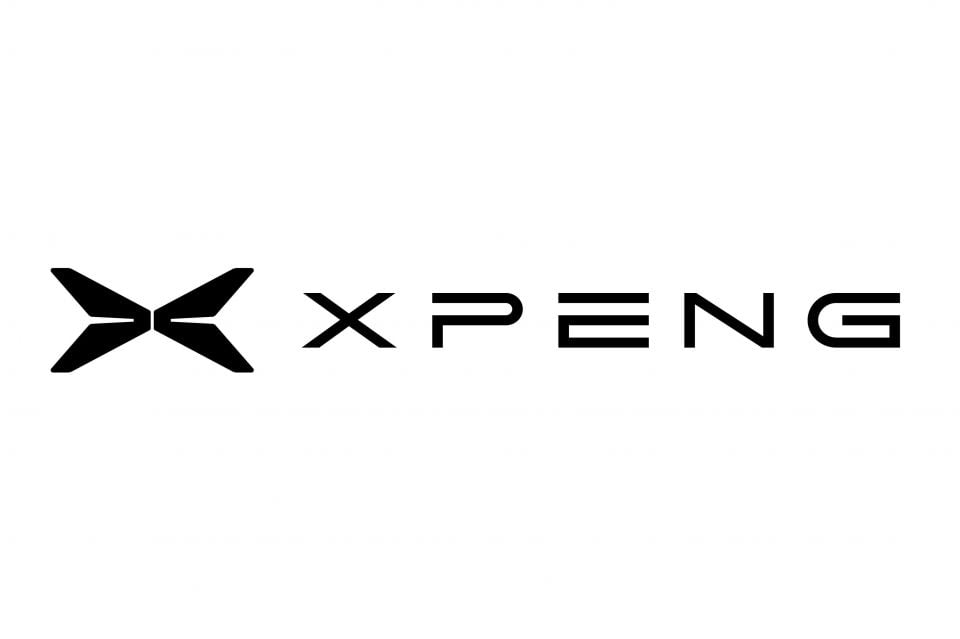
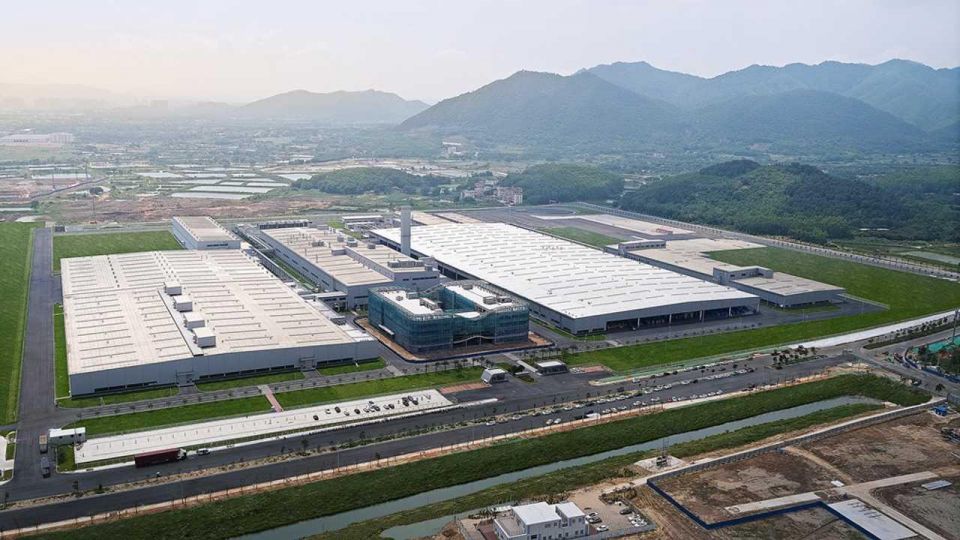
The company has since grown rapidly to be publicly listed on both the NYSE and the Hong Kong stock exchanges.
Its current market capitalisation of $US 31.83 billion makes it larger by this measure than established carmakers including Mazda, Suzuki and Subaru, and leaves it not far behind Hyundai, which has a current market capitalisation of $US 35.25 billion.
Xpeng claims to have delivered a total of 98,155 vehicles in 2021, impressive given not only the semiconductor shortage affecting the broader automotive industry, but also the fact that its first vehicle was delivered in December 2018, a mere three years ago.
Mass production whilst maintaining quality is arguably the most difficult challenge for any start-up, and in China, many new companies choose to instead partner or sub-contract production to a more established firm.
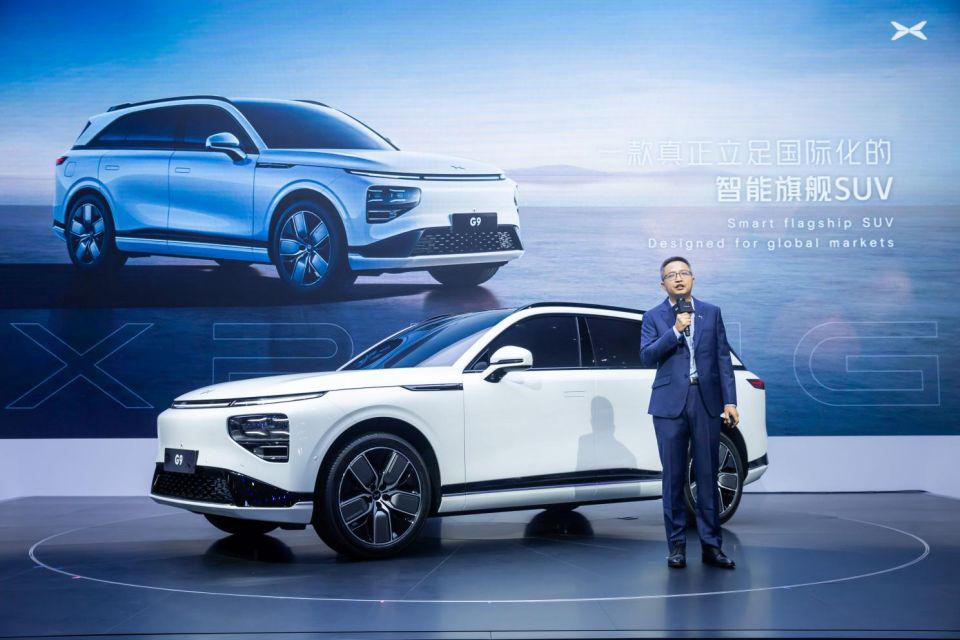
Whilst Xpeng initially followed this approach, the company recently received a production license from the Chinese government, and currently operates its own factory in the city of Zhaoqing.
Interestingly, the firm has also started construction on a second plant in Guangzhou (near Hong Kong), and has announced plans for a third facility in Wuhan. The start-up claims that completion of its second factory (intended towards the end of 2022) will enable it to double annual production capacity to a maximum of 200,000 vehicles.
Internationally, the company maintains a Silicon Valley presence with offices in Mountain View, California, and has recently begun exporting models for sale in Norway, with an expansion to other European markets planned during 2022.
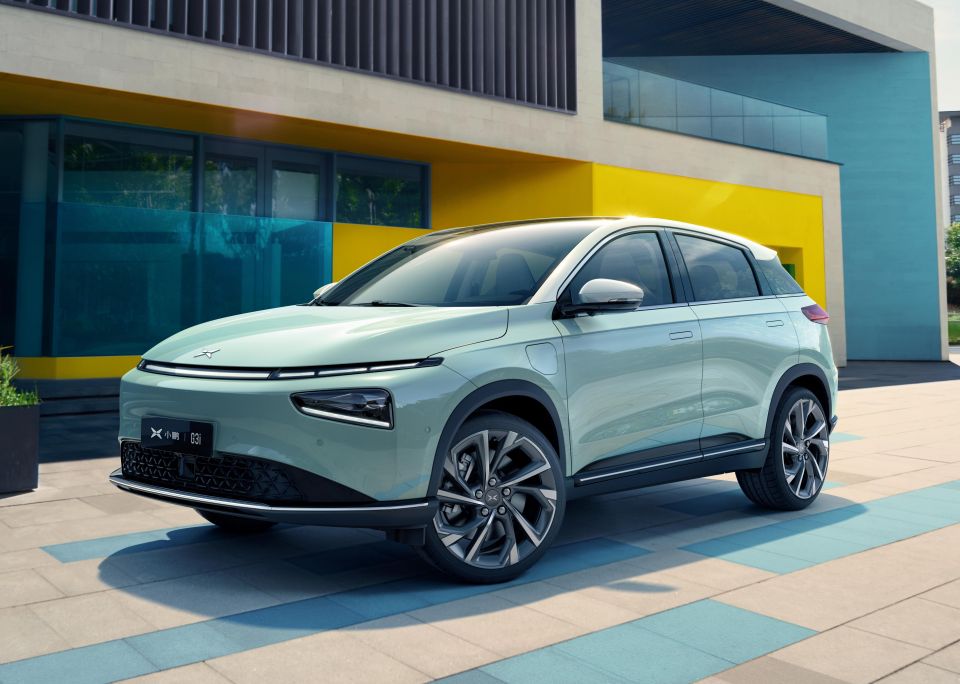
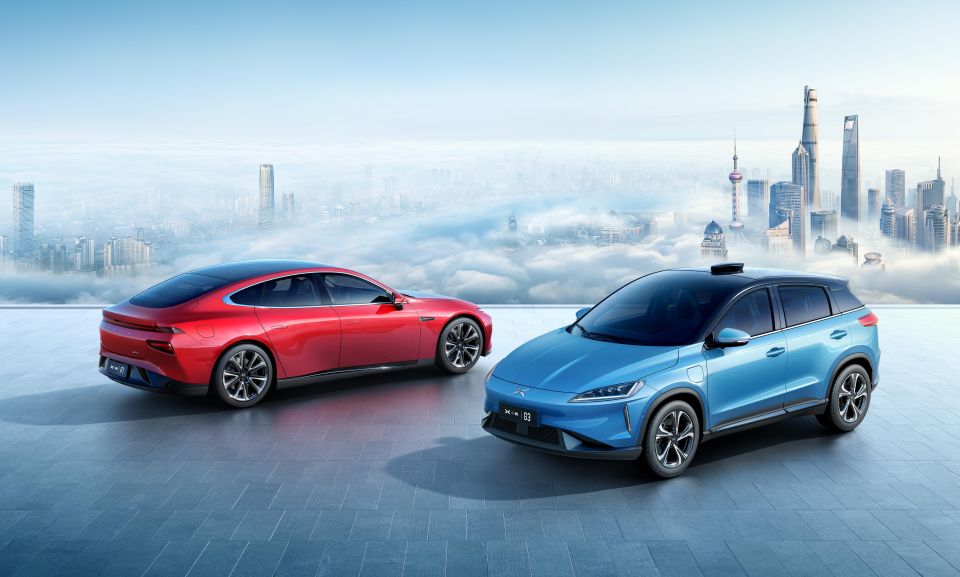
Xpeng currently has three models on sale, with a fourth announced and expected to start production towards the end of this year.
The marque’s first car, the G3 small SUV, launched towards the end of 2018, and was branded as a ‘Super Long Range Smart SUV.’ A facelifted model, known by the ‘G3i’ moniker, was revealed in the second half of 2021.
This latest model is available with 57kWh and 66kWh NMC (nickel manganese cobalt) batteries, as well as a slightly smaller 55kWh LFP (lithium iron phosphate) battery.
The LFP and NMC batteries both claim a range of 460km, whilst the larger battery offers a range of 520km, on the highly optimistic NEDC cycle. All battery options are paired to a front motor generating 145kW of power and 300Nm of torque.
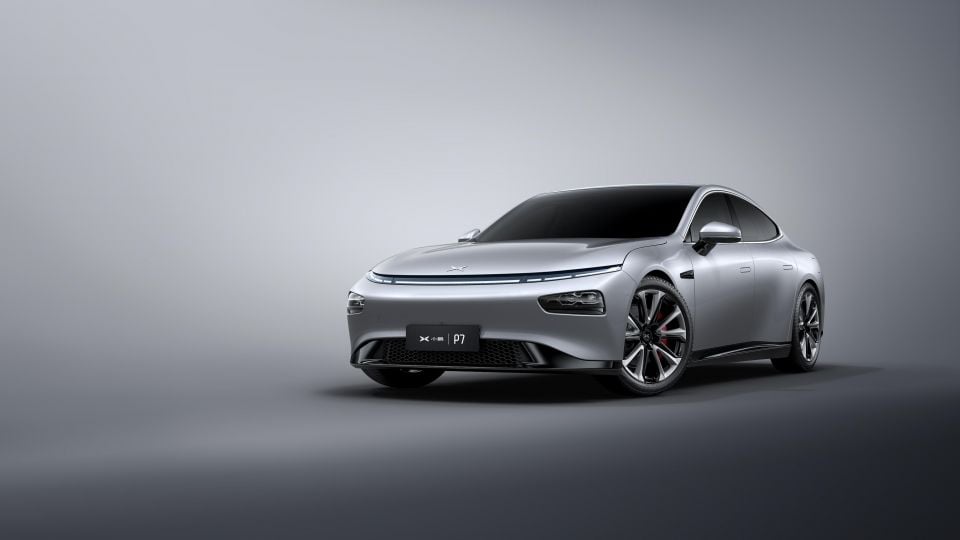
With technology being a focus of the brand, the car’s infotainment system is powered by a smartphone style Qualcomm Snapdragon 820A processor.
Following up on the G3, Xpeng subsequently launched its Mercedes-Benz E-Class-sized P7 sedan, with deliveries for the Chinese market commencing in June 2020.
A more premium product, the P7’s sleek styling hides a rear or dual motor AWD setup, offering a maximum NEDC range of 706km and power of 316kW in the performance versions.
Perhaps more interesting is that the P7 uses the powerful Nvidia Drive Xavier processor to power its advanced driver assistance systems (ADAS), and has a chassis that was developed jointly with a ‘German sports car engineering team’ to improve handling and the performance of its adaptive suspension system.
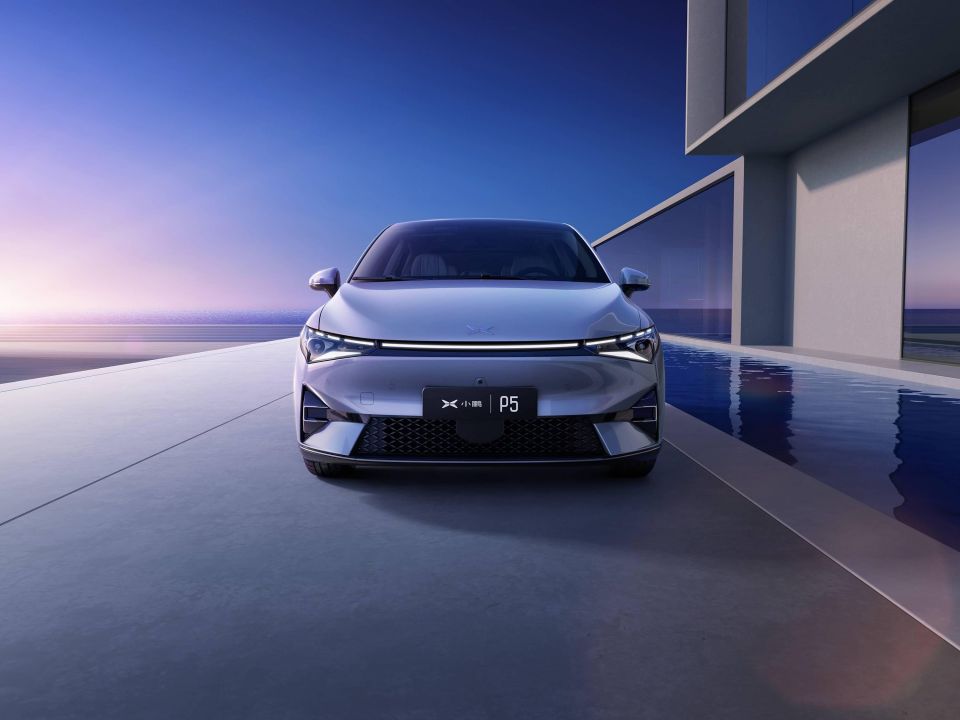
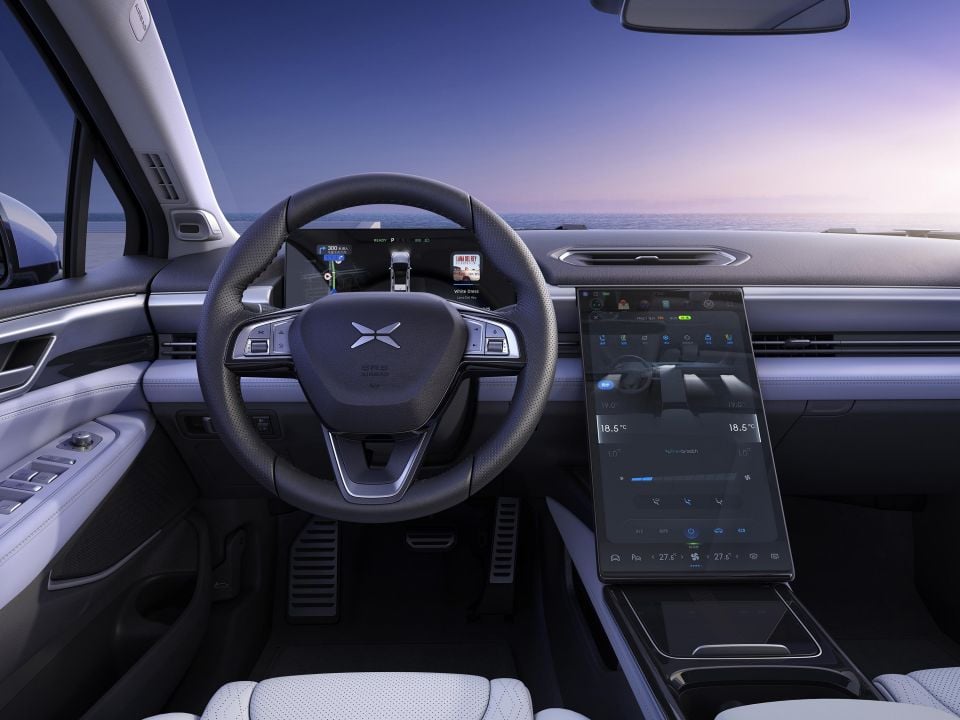
More recently, the firm has revealed a smaller, but more advanced, sedan called the P5. Arguably the standout feature of this car is its use of two integrated lidar sensors as part of a suite of other radar and ultrasonic sensors, and cameras, that form part of the ‘Xpilot 3.5’ ADAS system.
Xpeng claims that the dual lidar sensors, positioned on both front wings, provide highly accurate recognition of objects on the road, such as vehicles and pedestrians, in all weather conditions including snow and fog.
Tesla may have ‘Camp Mode’ and Netflix readily available via its infotainment system, but Xpeng claims that the P5 will be available with an optional projector and drop down projection screen, alongside an air mattress, to provide the ultimate in-car cinema and camping experience.
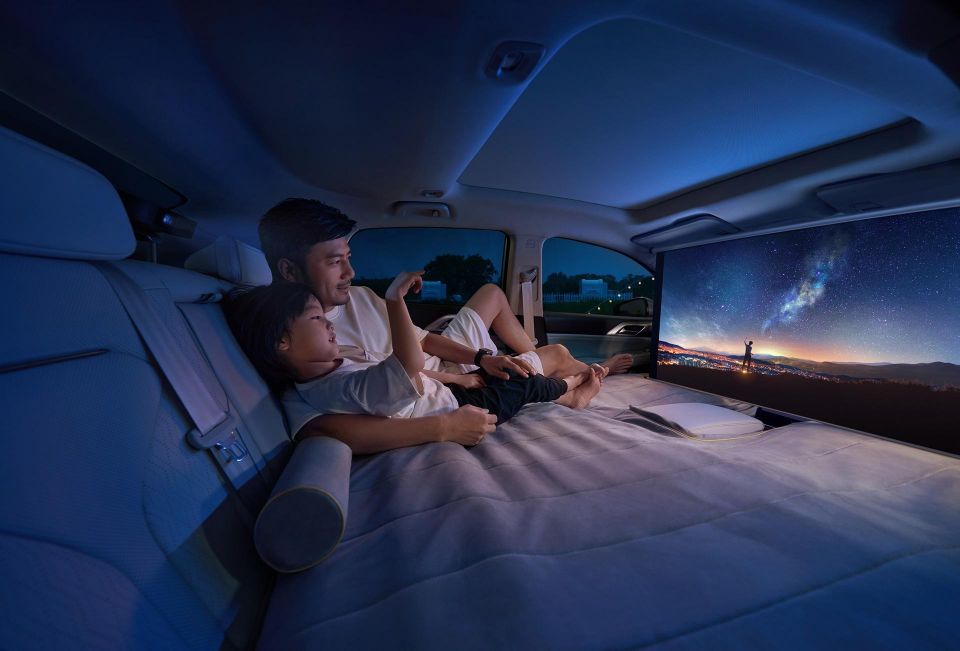
Yet to enter mass production, Xpeng’s latest model is the G9 large SUV, available with 7 seats. It’s the startup’s first model designed from the ground up with global sales in mind, and is expected to meet European safety and regulatory standards.
Xpeng claims the G9’s 800 volt electrical architecture can support DC charging at up to 480kW.
This surpasses the 350kW offered by models such as the Porsche Taycan and Hyundai Ioniq 5, and enables it to top up 200km of range in just 5 minutes when connected to a suitable DC fast charging station.
The vehicle is 5G enabled, and builds on the P5’s driver assistance features, similarly including dual lidar units neatly integrated into the headlights.

Having launched in EV-hungry Norway, Xpeng is aiming to enter left-hand drive EU markets such as Denmark, Sweden and the Netherlands over the course of 2022 with models such as the P7 and G9 SUV described above.
The company does plan to expand globally, but has not placed any firm timetable on selling models in right-hand drive countries such as the UK and Australia. But, it’s a young brand with big ambitions…
MORE: Brand overview, Nio MORE: Brand overview, China’s Human Horizons, aka HiPhi


Matt Campbell
3 Minutes Ago


Max Davies
16 Hours Ago


William Stopford
16 Hours Ago


Derek Fung
17 Hours Ago


Max Davies
1 Day Ago


William Stopford
2 Days Ago